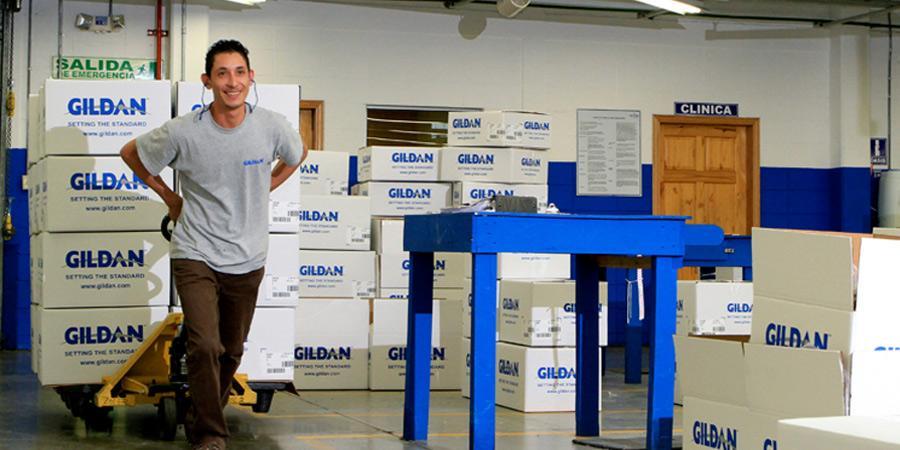With the current market climate of always doing things faster, the apparent need to save some time with having inventory on hand may seem like an obvious one. However there are some things to consider before you stock shirts in your warehouse on the shelf in anticipation of a sale.
First, consider your market. If you are constantly printing the same black or white shirts for customers it make obvious sense to have some on hand for what we’ll call “stock orders”. This can be your go-to blank for jobs that come in, rush orders, or just your daily run of the mill orders. The best practice is to take a look at your ordering history and determine what style, color and sizes to stock. Keep your purchases to a minimum, as this is tying up cash unless you are really printing it.
That being said, let’s review some inventory management rules and see if they make sense for your shop:
- Set Minimum Levels. This means that you need to set the standard for how many shirts you are stocking at one time, by color and size. These need to absolutely make sense to your business. Don’t just always have a case of White 5280 Smalls on hand unless you are really using them. If you go through five or six cases a week, consider keeping more on hand. During your busy season, this could even be designated at a higher number. The reason you want to set minimum levels is so that your staff can make decisions faster, as the authorization to buy or not to buy is already made.
- Take Good Care of the Shirts. This may seem obvious, but I’ve seen tons of shops that look like a hurricane just blew through in their inventory area. The rule should be to only open one box at a time. Keep the shirts folded in dozens with the partial quantity on top folded in half, so you can tell if one or several more have been removed. This makes inventory counts easier too. Keep the boxes closed at all times to prevent dust or dirt from ruining the shirts.
- Supplier Relationships. Lots of distributors carry the same shirt style. How many days away from you ground is their warehouse? It pays to keep good relationships with these suppliers as the stock you print on is the lifeblood of your business. Make sure you check your inventory in as it arrives against the packing list to ensure it’s correct.
- Space Considerations. You only have so much floor space. Are you dedicating a percentage of that to stock inventory? Weigh the benefits of keeping shirts on hand, vs the benefits of just ordering them in from a shop floor plan perspective. Does it still make sense?
- Inventory Counts. This is important. Remember, this is essentially money that’s tied up in a box. When your printers pull one or two from the carton due to a misprint or defect, is that being reported? When you think you have 19 medium black t-shirts is that accurate? Have a system for pulling inventory from the stock, reporting the pull, and deducting from the total. At least once a month, count the shirts and see if the number in the system is the same as the number of shirts in the box. If it is not exactly the same, your staff is doing something wrong. Take control.
- Needs Planning. Printing a big job for a customer? Busy season coming up? Maybe you want to offer some specials that will use a certain shirt color? Keeping stock on hand makes a lot of sense as it is convenient. Keep in mind that the ease that you can reach into that box and get what you need instead of ordering comes with a price. Be sure to build in a price factor into your sales promotion so you can have any leftover stock already paid for with the program.
- Contingency Problems. Be sure to think things through when considering keeping stock on hand. Many things can come up that you weren’t anticipating. Here are a few:
- You run into a cash flow shortfall and can’t pay for the product that you are stocking as it isn’t tied to an order.
- You don’t have enough room in your production area or warehouse to stock the inventory you need.
- Your inventory counts are off, and nobody knows what happened to the shirts. Now, there is an order due and you have to expedite the shirts to produce the job.
- You start stocking a color for a team or a promotion for your client, but now there is a nationwide shortage for one or more of the sizes in that color. The timeline for delivery with the new stock from the mill is after you need them. Or worse, the shirt manufacturer discontinues the style.
So, what do you think? Does keeping inventory on your floor make solid business sense for your shop? Think things through and build a plan for any challenges that may come up, regardless if you still order product in or keep floor levels.


0 Comments